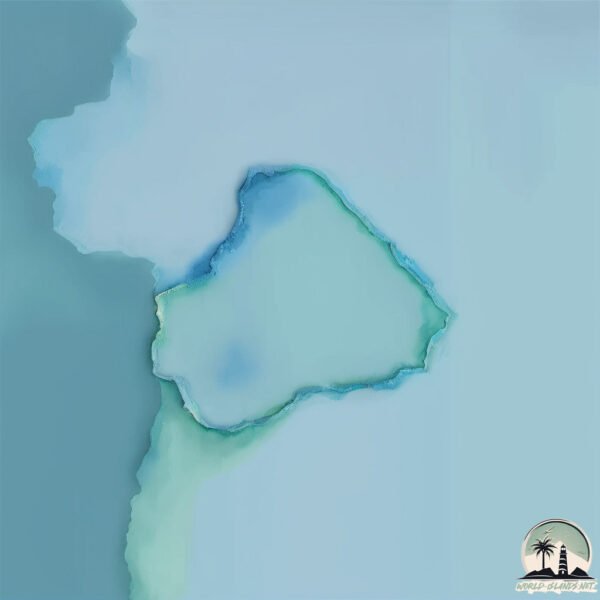Nishino Shima

Welcome to Nishino Shima, a Tropical island in the Philippine Sea, part of the majestic Pacific Ocean. This guide offers a comprehensive overview of what makes Nishino Shima unique – from its geography and climate to its population, infrastructure, and beyond. Dive into the details:
- Geography and Size: Explore the island’s size and location.
- Climate and Weather: Weather patterns and temperature.
- Topography and Nature: Uncover the natural wonders of the island.
- Infrastructure and Travelling: Insights on reaching, staying, and making the most of your visit.
- News and Headlines: Latest News.
Geography and size of Nishino Shima
Size: 0.244 km²
Coastline: 2.2 km
Ocean: Pacific Ocean
Sea: Philippine Sea
Continent: Asia
Nishino Shima is a Tiny Island spanning 0.244 km² with a coastline of 2.2 km.
Archipel: Nanpō Islands – An extension of the Japanese archipelago into the Pacific Ocean, known for their scenic beauty and diverse marine life.
Tectonic Plate: Philippine Sea – An oceanic tectonic plate beneath the Philippine Sea, east of the Philippines. It’s involved in complex interactions with the surrounding Eurasian, Pacific, and Indo-Australian plates, leading to significant volcanic and seismic activity in the region.
The geographic heart of the island is pinpointed at these coordinates:
Latitude: 27.24711601 / Longitude: 140.87576221
Climate and weather of Nishino Shima
Climate Zone: Tropical
Climate Details: Tropical Monsoon Climate
Temperature: Hot
Climate Characteristics: Characterized by heavy rainfall, high humidity, and uniformly high temperatures, but with a distinct short dry season. It features a seasonal reversal of prevailing wind directions.
Topography and nature of Nishino Shima
Timezone: UTC+09:00
Timezone places: Asia/Tokyo
Max. Elevation: -49 m
Mean Elevation: -53 m
Vegetation: Evergreen Needleleaf Forest
Tree Coverage: 0%
The mean elevation is -53 m. Remarkably, this unique island barely emerges above the sea level, showcasing nature’s fascinating interplay with the ocean. The island is characterized by Plains: Flat, low-lying lands characterized by a maximum elevation of up to 200 meters. On islands, plains are typically coastal lowlands or central flat areas.
Dominating Vegetation: Evergreen Needleleaf Forest
Dominated by evergreen coniferous trees such as pines and firs, which retain their needle-like leaves throughout the year. These forests are often found in cooler climates. Nishino Shima has a tree cover of 0 %.
Vegetation: 2 vegetation zones – Low Diversity Island
Islands with two distinct vegetation zones offer slightly more ecological variety. These zones could be due to differences in elevation, moisture, or other environmental factors. While still limited in biodiversity, these islands may offer a contrast between the two zones, such as a coastline with mangroves and an inland area with grassland.
Infrastructure and Travelling to Nishino Shima
Does the island have a public airport? no.
There is no public and scheduled airport on Nishino Shima. The nearest airport is Hachijojima Airport, located 663 km away.
Does the island have a major port? no.
There are no major ports on Nishino Shima. The closest major port is SHIMODA KO, approximately 851 km away.
The mean population of Nishino Shima is 48 per km². Nishino Shima is Gently Populated. The island belongs to Japan.
Continuing your journey, Chichijima is the next notable island, situated merely km away.
Japan is classified as Developed region: G7: Group of Seven – Major advanced economies, including Canada, France, Germany, Italy, Japan, the United Kingdom, and the United States. The level of income is High income: OECD.
News – Latest Updates and Headlines from Nishino Shima
Stay informed with the most recent news and important headlines from Nishino Shima. Here’s a roundup of the latest developments.
Please note: The data used here has been primarily extracted from satellite readings. Deviations from exact values may occur, particularly regarding the height of elevations and population density. Land area and coastline measurements refer to average values at mean high tide.
